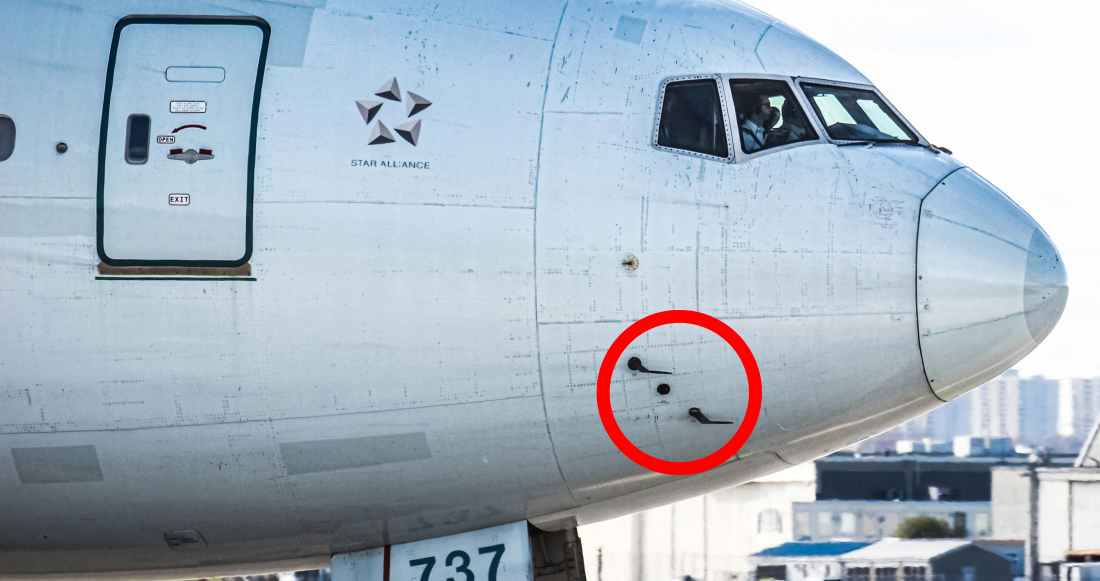
Ahmed Minhas, January 7, 2025
Ensuring Safer Skies: Researching Ice Accretion on Aircraft Pitot Tubes
In aviation, even the smallest component is of the greatest importance—Pitot tubes are a prime example. These small but essential devices measure airspeed by detecting air pressure differences, providing pilots with essential data for maintaining control.
However, in freezing conditions, ice accumulation on Pitot tubes can interfere with their measurements unless countermeasures are implemented to prevent icing. Today, state-of-the-art Pitot tubes are equipped with anti-icing systems that prevent ice accretion. That said, a comprehensive understanding of aircraft icing is essential for designing these systems.

Professor Edgar Matida and Associate Professor Hamza abo el Ella from the Department of Mechanical and Aerospace Engineering, are tackling this issue through a collaborative research project with Thales and the National Research Council of Canada (NRC). The project focuses on understanding ice accretion and enhancing Pitot tube designs to strengthen their anti-icing performance.
“Our goal is to develop next-generation Pitot tubes that can withstand the harshest conditions,” explains Matida, who leads the project. “We aim to combine advanced simulation techniques with physical testing to improve their reliability and performance.”
The Challenge of Ice Accretion
Modern Pitot tubes are equipped with anti-icing systems, which typically consist of heating devices. Currently, the main challenge is to design these systems to ensure sufficient anti-icing performance while maintaining moderate electrical consumption.

Thales contributes proprietary designs, while the NRC provides access to its state-of-the-art wind tunnel facilities. Carleton contributes through computational fluid dynamics (CFD) modelling, spearheaded by Matida and graduate researcher Nicholas Doiron.
Thales partnered with Carleton due to its strong connections with the NRC, enabling a seamless integration of expertise and facilities. Using software like ANSYS FENSAP-ICE, Matida’s team simulates ice accretion under various conditions, refining their designs and validating them through wind tunnel testing.
Doiron, a master’s student in aerospace engineering, plays a key role in the project.
“It’s exciting to see how my work fits into the larger design cycle and contributes to real-world performance improvements,” says Doiron.
Working as an Engine Performance and Icing co-op student at the NRC, Doiron appreciates the unique blend of academic modelling and hands-on testing. “Getting this kind of applied experience through collaboration with industry and government is something I wouldn’t have access to otherwise,” he adds.
Natacha Szulga, an air data architect at Thales, underscores the importance of industry-academia partnerships.
“Working with academic institutions like Carleton allows us to leverage their deep expertise in research while providing practical insights from our industry experience,” Szulga explains. “Carleton’s established connections with the NRC and its research capabilities make it an ideal partner for addressing icing-related challenges, including how we can use simulation tools to better understand the behaviour of probes under icing conditions.”
Future Steps and Challenges
The project faces challenges, including the complexity of ice accretion and limited access to specialized facilities. Despite these hurdles, Matida and his team have achieved promising early results. Next, they will integrate some of Thales’ designs into CFD models and validate a numerical method to assess their robustness under icing conditions.
Matida and his team exemplify how collaborative partnerships can lead to real-world solutions.
“By working together, we’re able to combine diverse perspectives and resources to solve practical problems while creating opportunities for students and delivering tangible benefits to the aviation industry,” says Matida.
Through this collaboration, Carleton, Thales and the NRC are advancing the development of next-generation Pitot tubes, clearing the way for safer skies and more reliable air travel.
Share: Twitter, Facebook